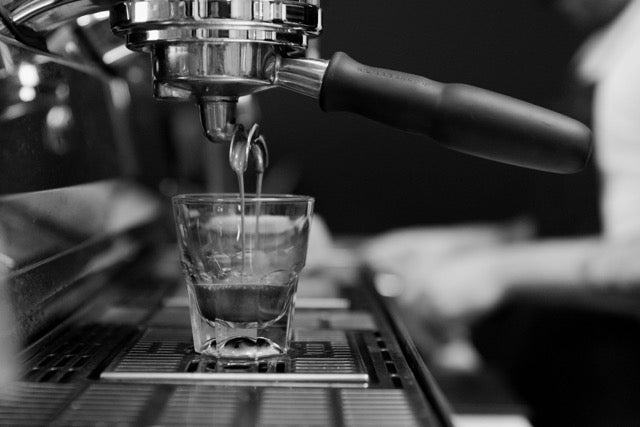Coffee Flavors - In-depth Guide To Flavors & Our Tops Picks

Flavour in coffee is often talked about in loose terms, but its foundations are anything but random. Every cup carries a complex combination of chemistry agriculture and craftsmanship that determines how it tastes. When we describe a coffee as fruity, floral, chocolate driven or spicy we are referencing real compounds that naturally occur in the bean. These compounds develop through a chain of influences that begins on the farm and continues through processing roasting and brewing. Understanding this journey makes the idea of flavour feel less mysterious and more like an accessible part of enjoying specialty coffee. You do not need expert training to recognise flavour. You simply need context, awareness and a little curiosity.
The first major influence on flavour is the environment where the coffee is grown. The variety of the coffee tree its altitude temperature sun exposure and soil all determine how the seed matures. Higher elevations often lead to slower development which produces denser beans with more acidity and aromatic potential. This is why many Ethiopian or Colombian coffees present floral or citrus driven flavours. Regions with lower elevations and warmer climates may yield coffees with heavier body and deeper sweetness which is why Brazil for example often shows chocolate or nut like character. These differences are not imagined. They are measurable outcomes of the way climate and geography shape sugar development, acidity and aromatic precursors inside the coffee cherry.
Processing is the next major stage in flavour formation. This refers to how the fruit is removed from the seed once harvested. Washed coffees are cleaned of their fruit before drying which creates clean bright and structured cups where acidity and clarity take the lead. Natural processed coffees dry inside the fruit, allowing sugars to interact with the seed which results in sweeter heavier and more fruit forward flavours. Honey and other experimental processes sit between these two points, controlling how much fruit contact occurs in order to influence sweetness body and aroma. Understanding these processing methods helps you predict what a coffee will taste like before you even brew it.
Roasting and brewing complete the flavour journey. Roasting transforms the chemical structure of the seed by applying heat in controlled stages. Lighter roasts highlight origin character and maintain acidity, florals and fruit tones. Medium roasts balance sweetness body and structure. Darker roasts shift flavour toward deeper chocolate toasted sugar and spice as the roast becomes more dominant. Brewing then translates these roast choices into the cup. Pour over reveals clarity. French press emphasises weight. Espresso intensifies everything while iced brewing highlights sweetness. Every method extracts different compounds at different rates which is why the same coffee can taste completely different depending on how you prepare it.
Learning to understand coffee flavour is ultimately about building awareness rather than accuracy. Tasting notes are not instructions. They are signposts that help you recognise patterns. When you notice that you prefer coffees with stone fruit you may be favouring washed Central American origins. If you enjoy bright floral cups you may gravitate toward natural or washed Ethiopian offerings. If you love rich chocolate driven depth you may prefer Brazilian coffees or blends crafted for body and sweetness. By paying attention to flavour you learn what you like, why you like it and how to choose coffees that align with your taste. Education does not remove the magic of coffee. It deepens it by giving you the tools to understand what your senses already know.













